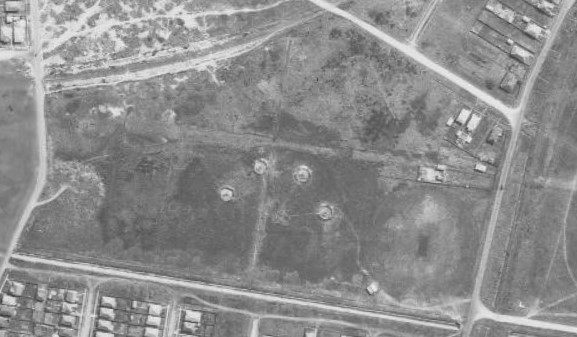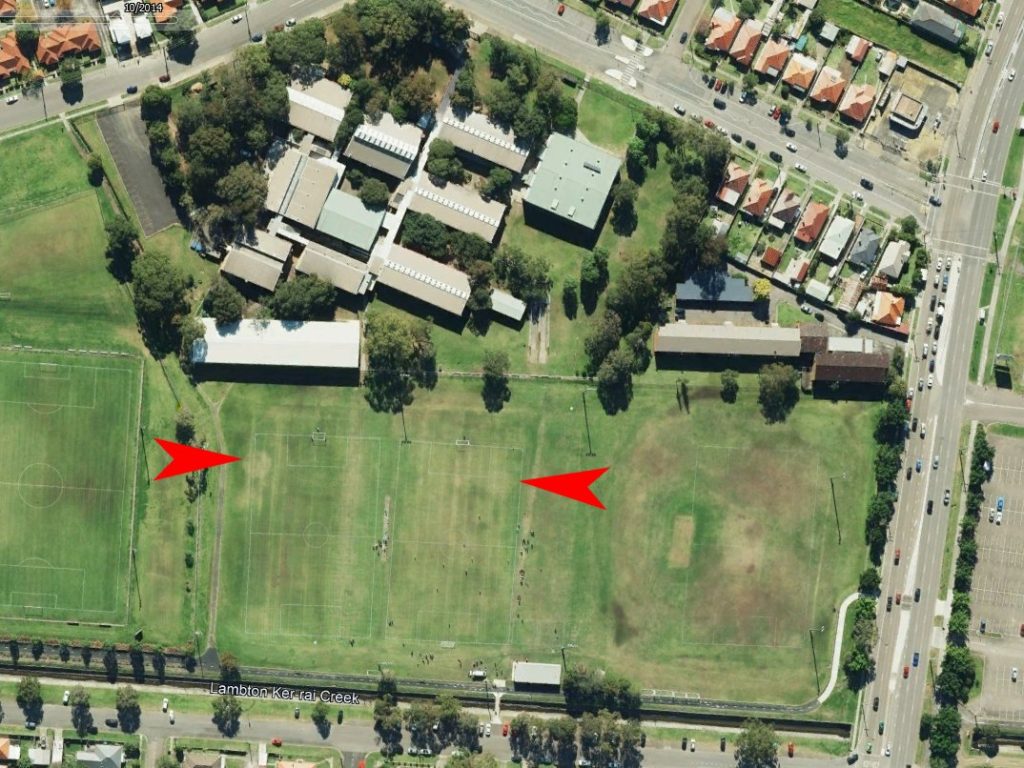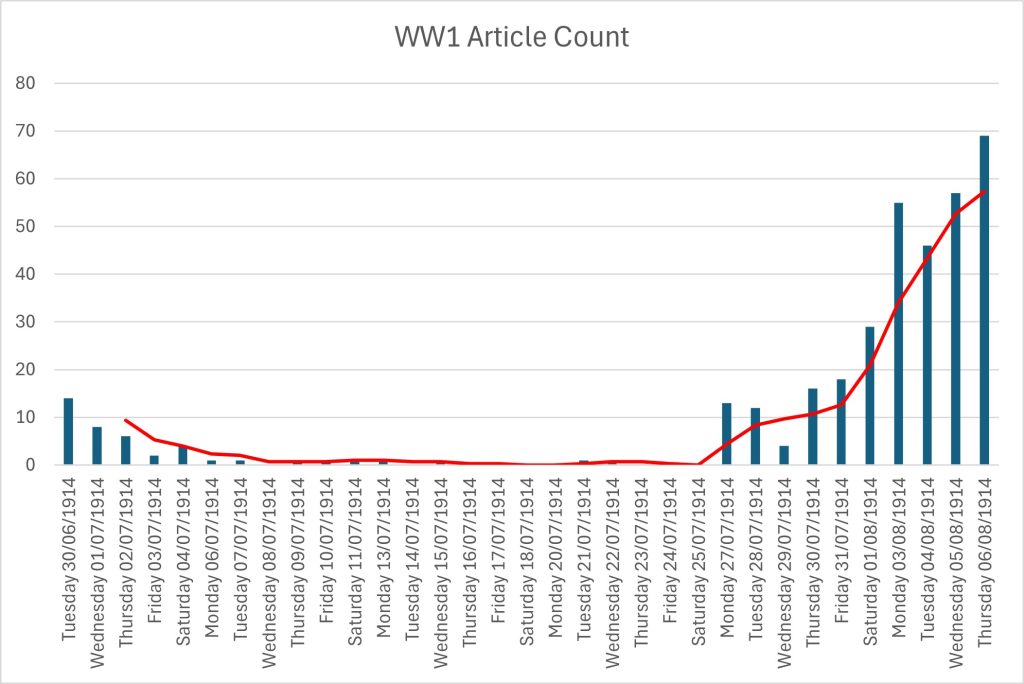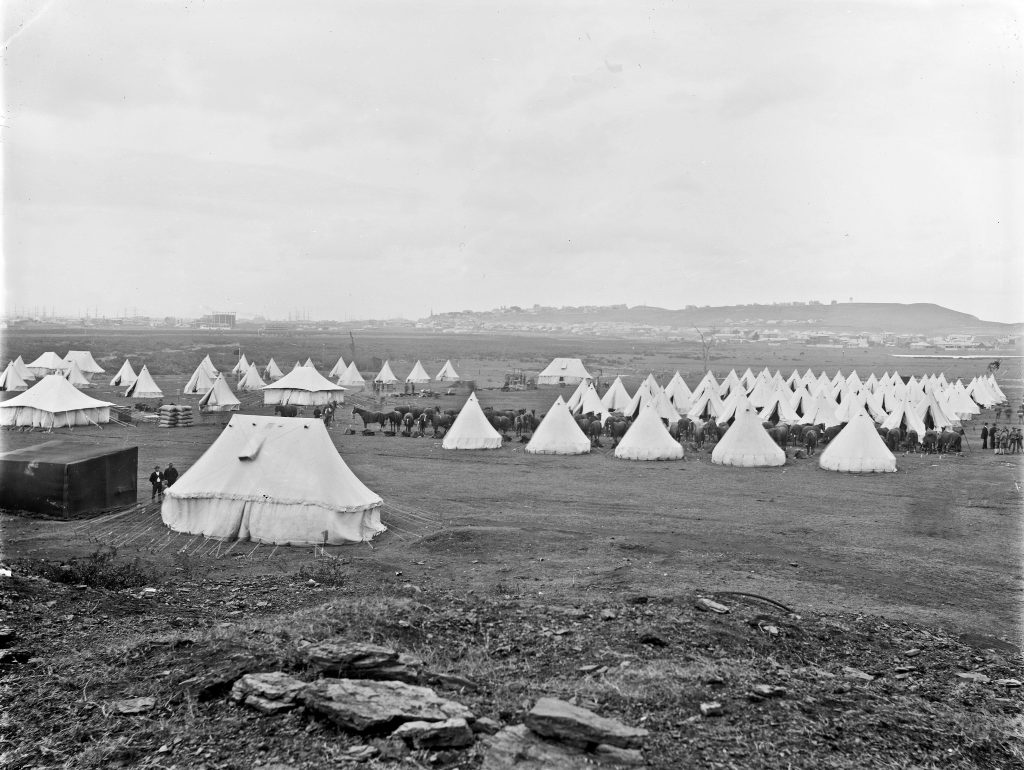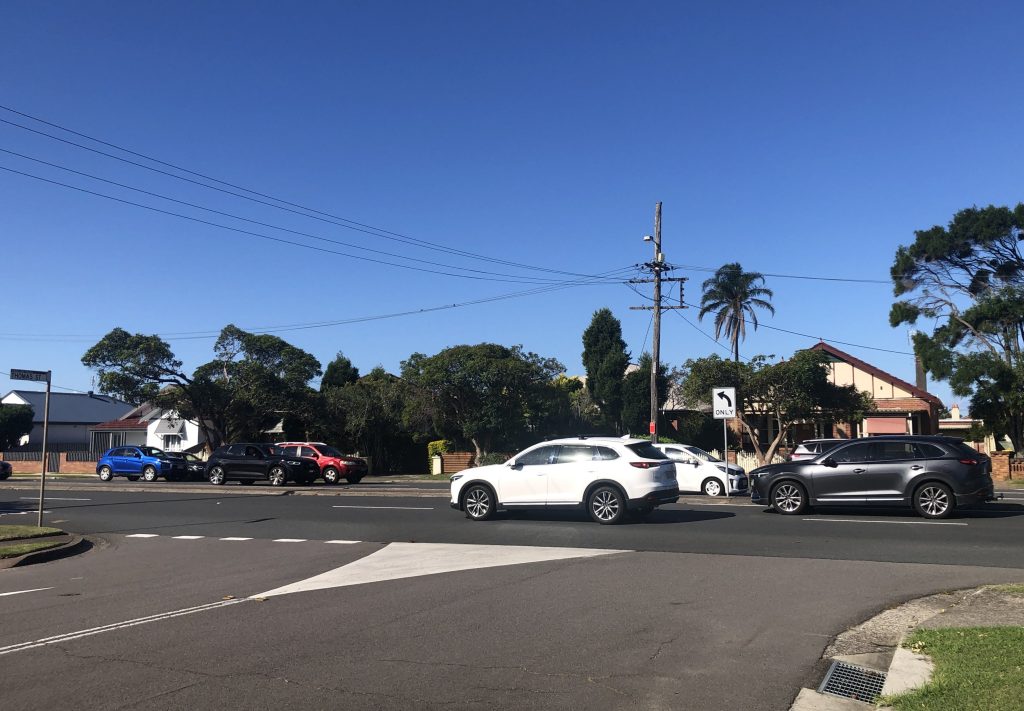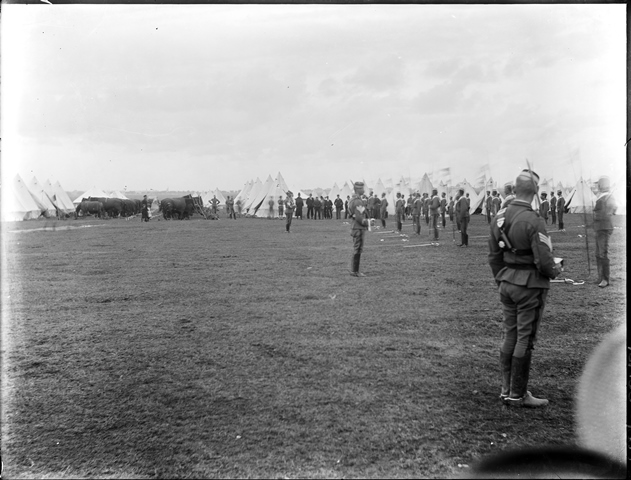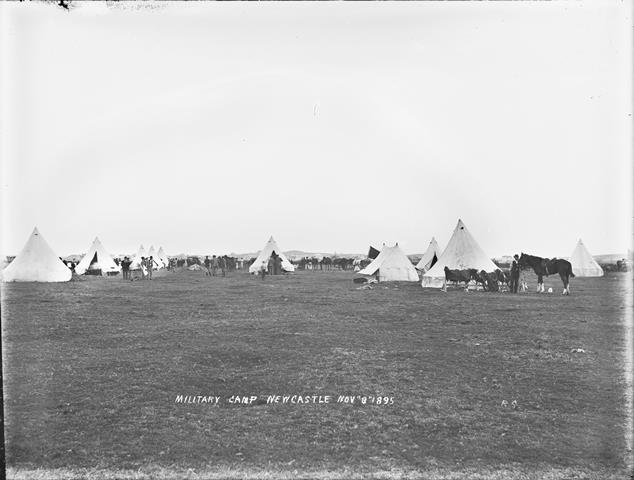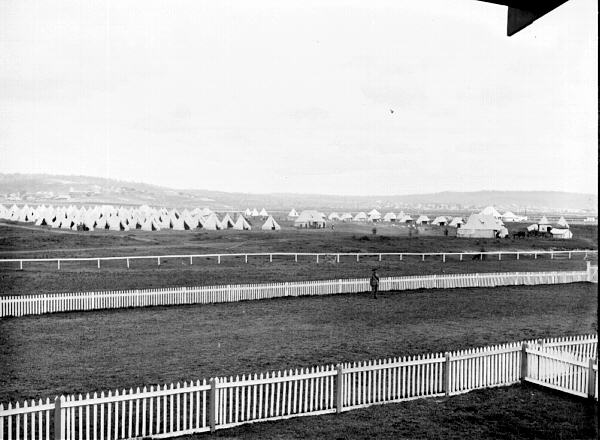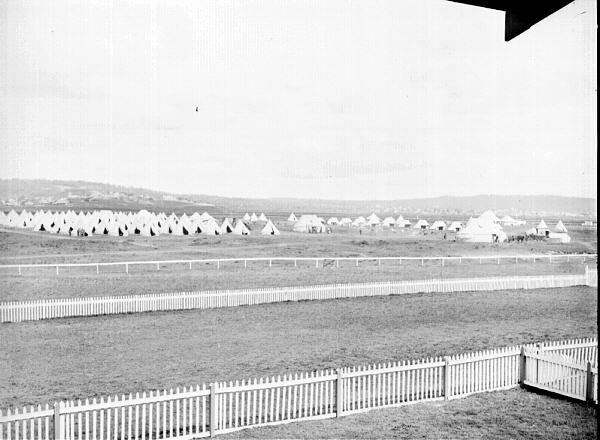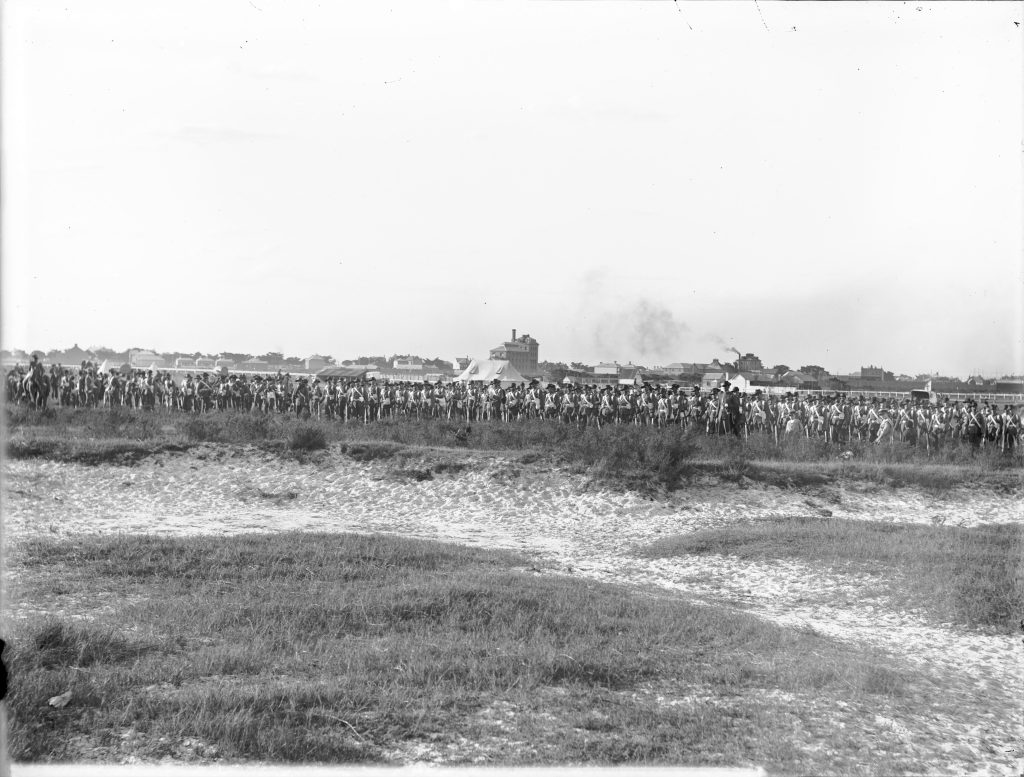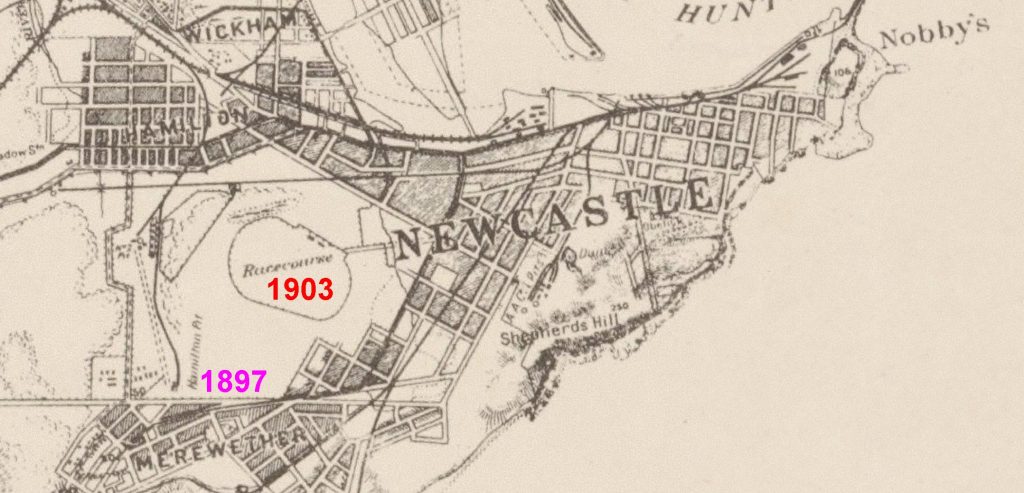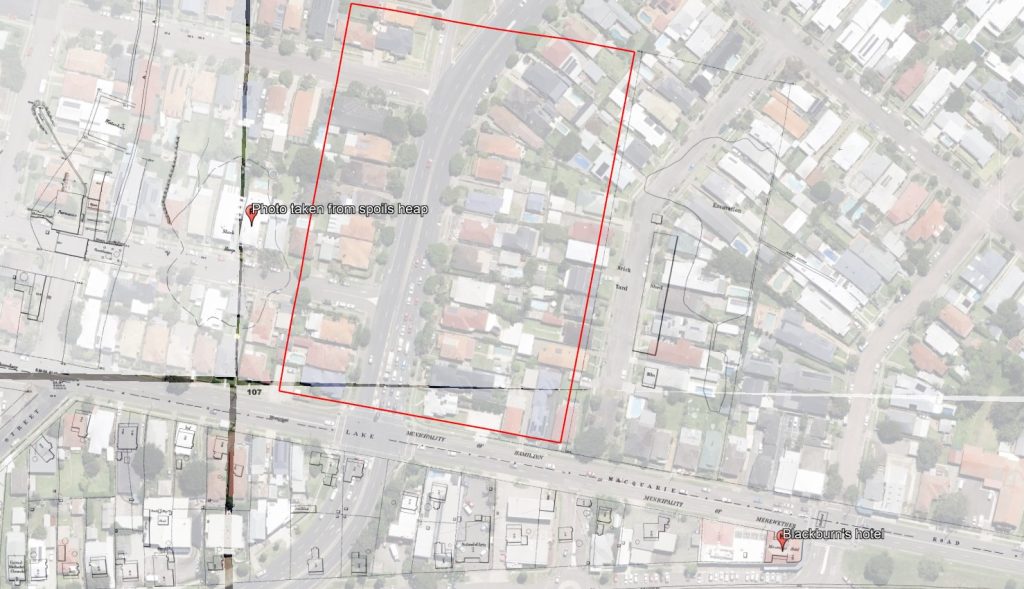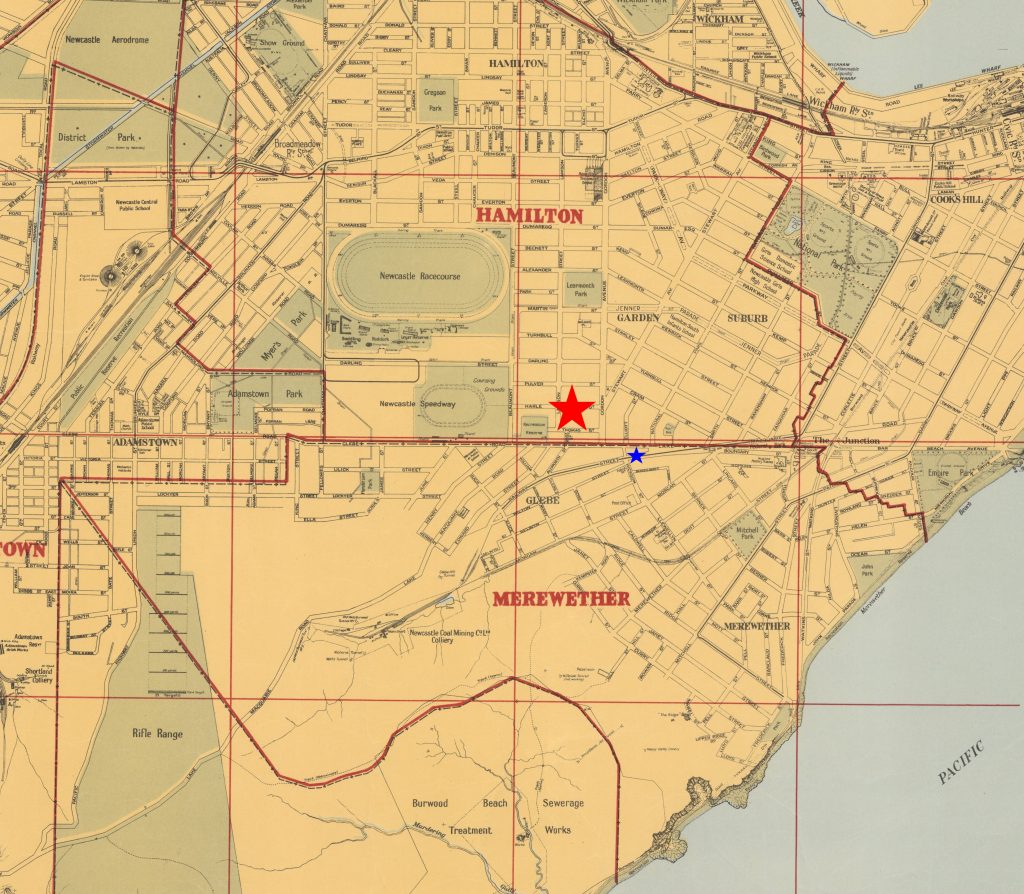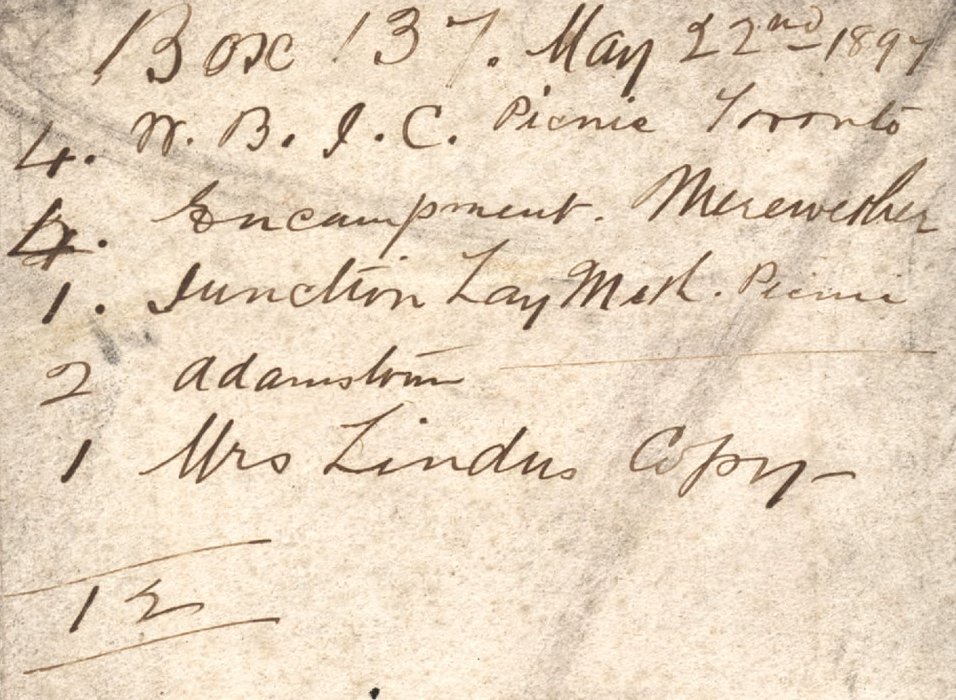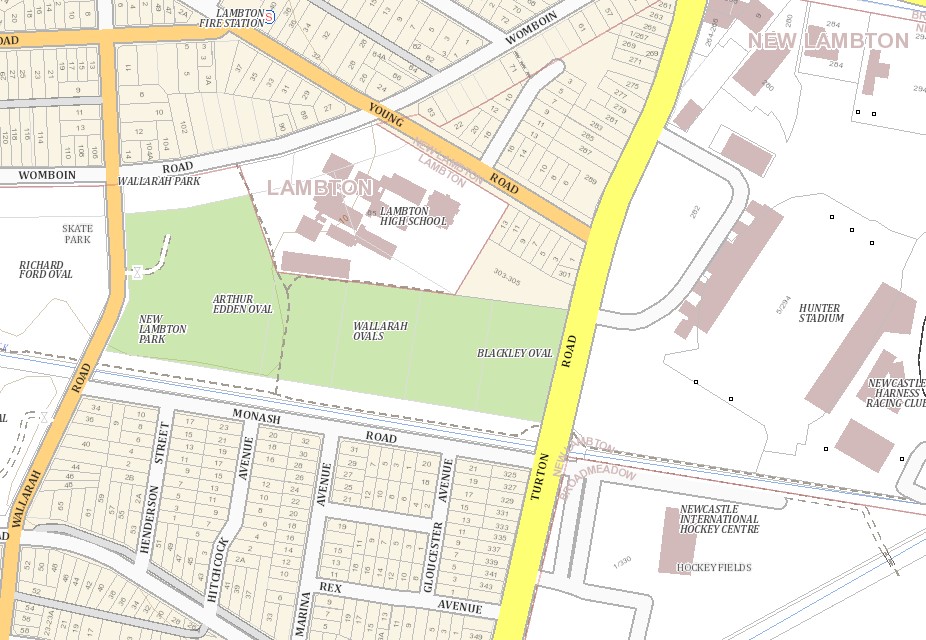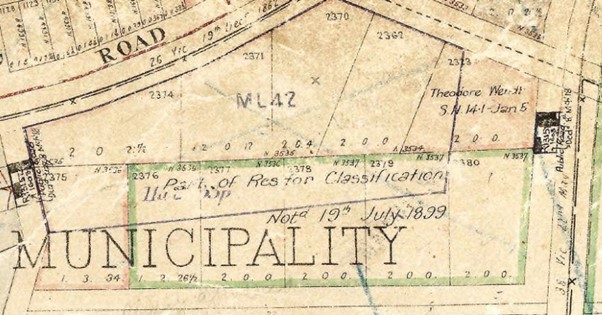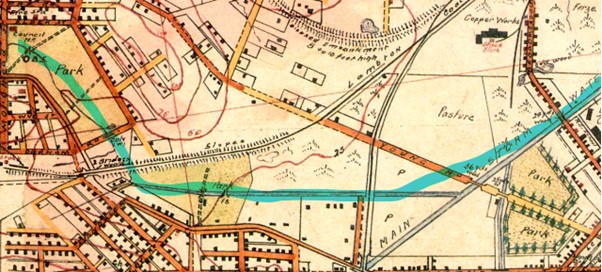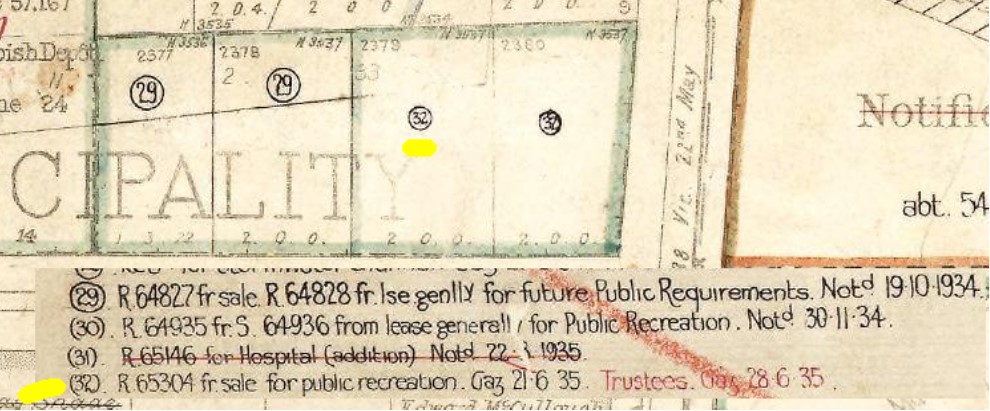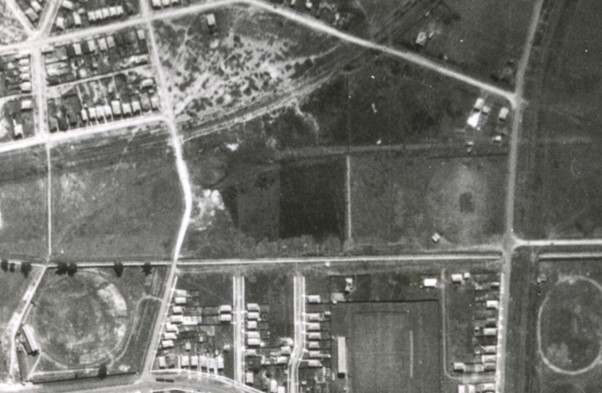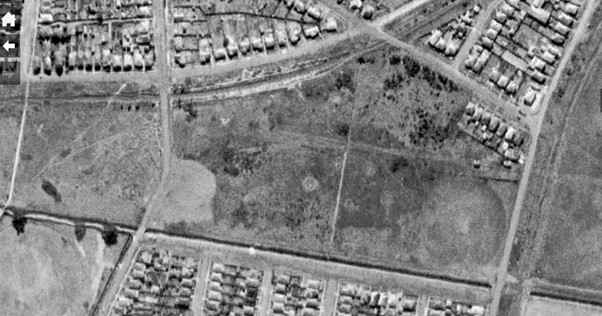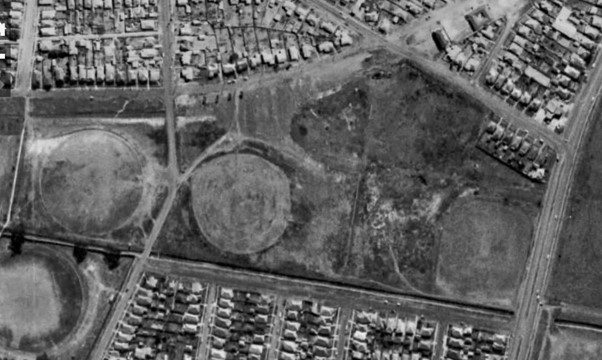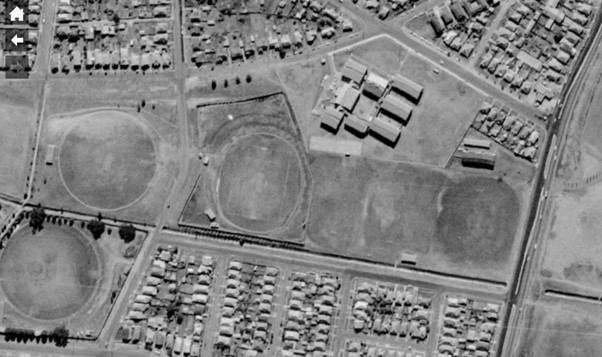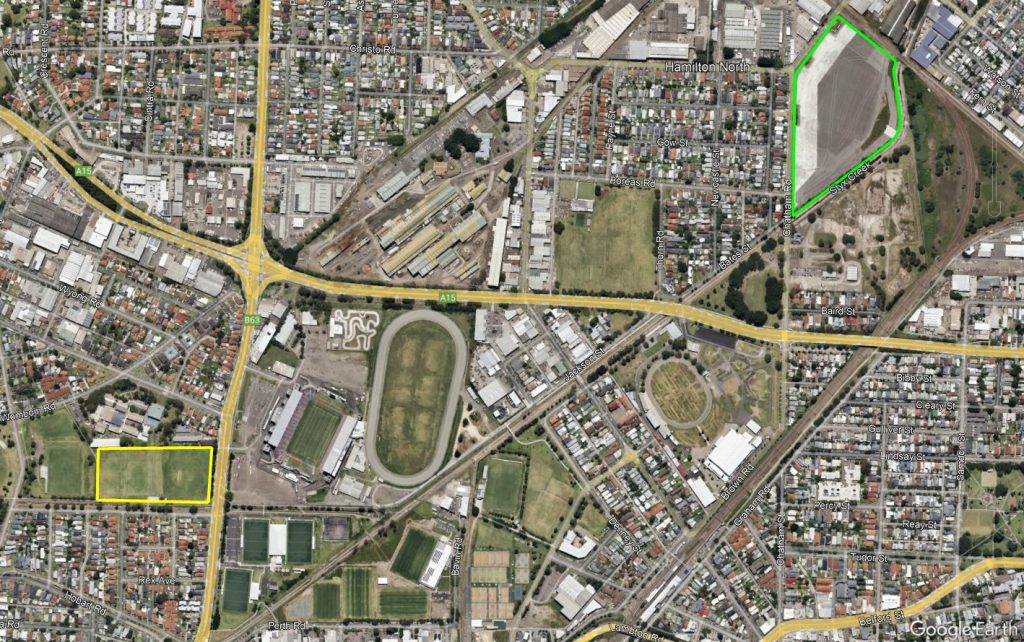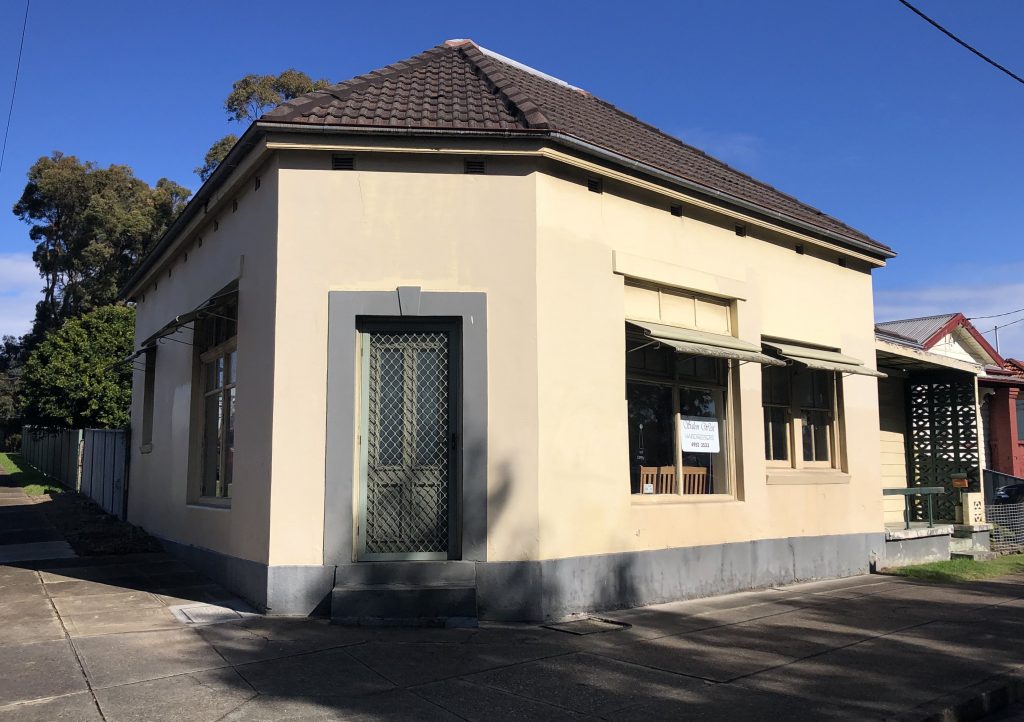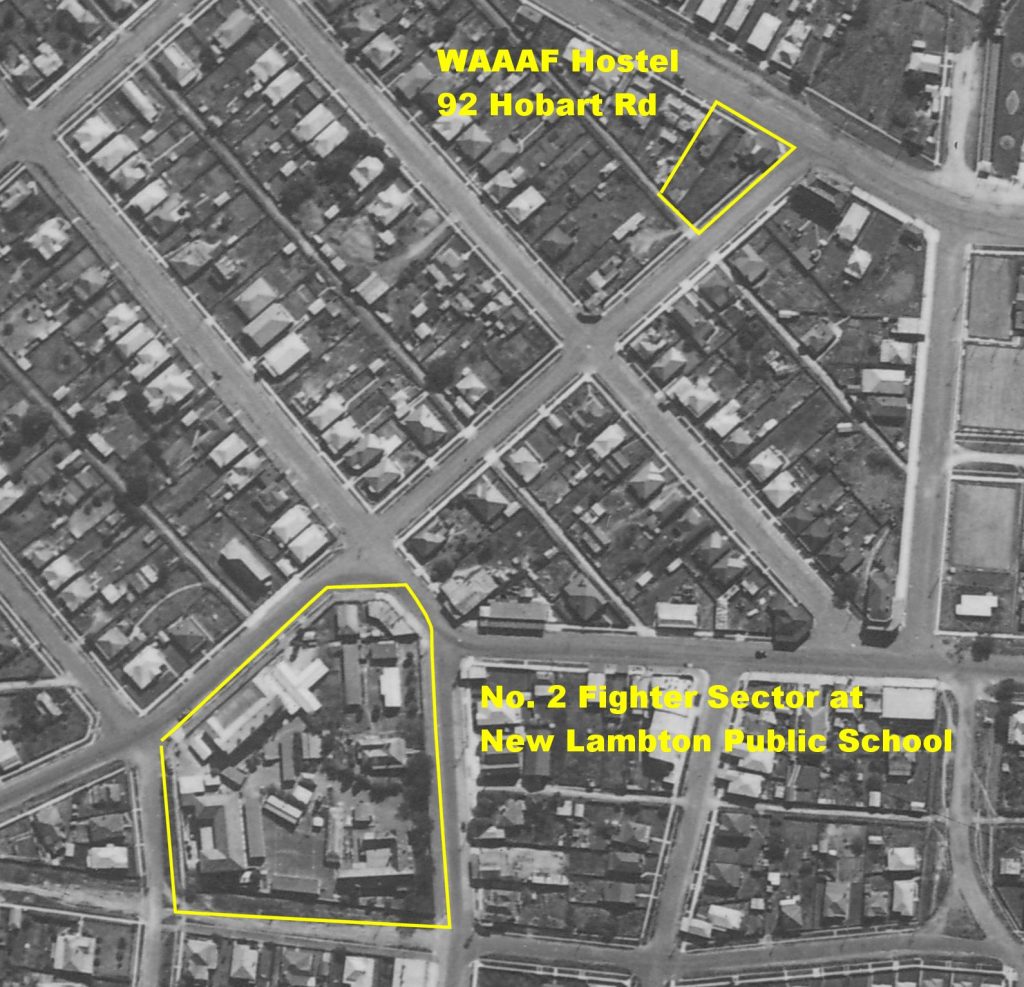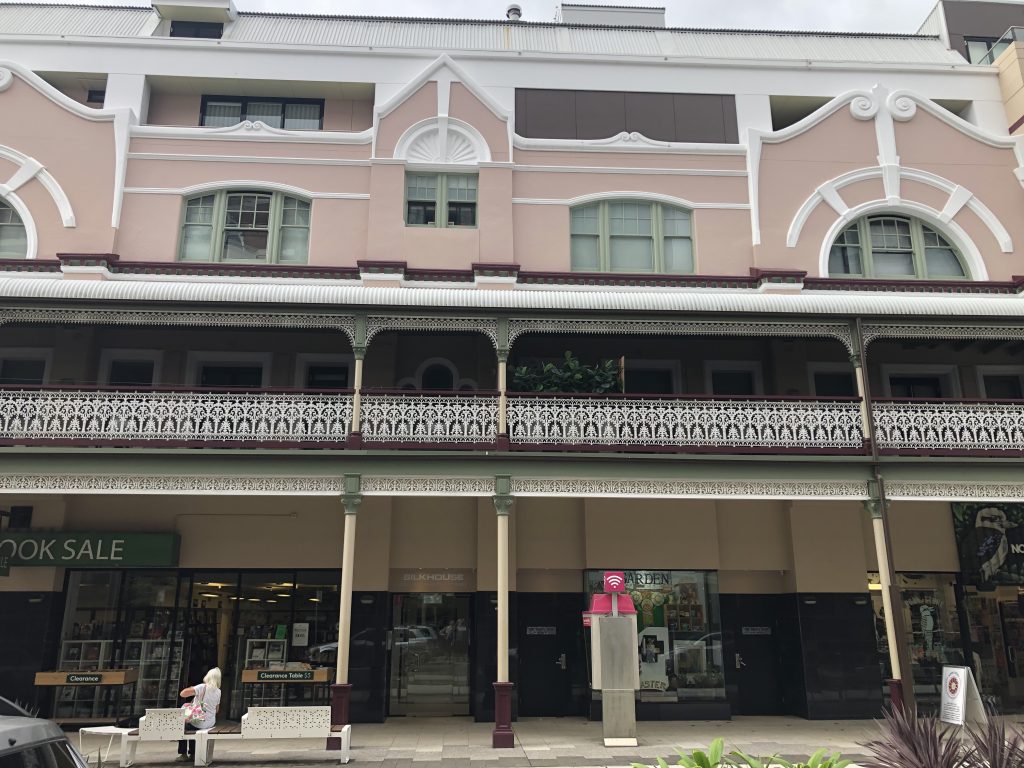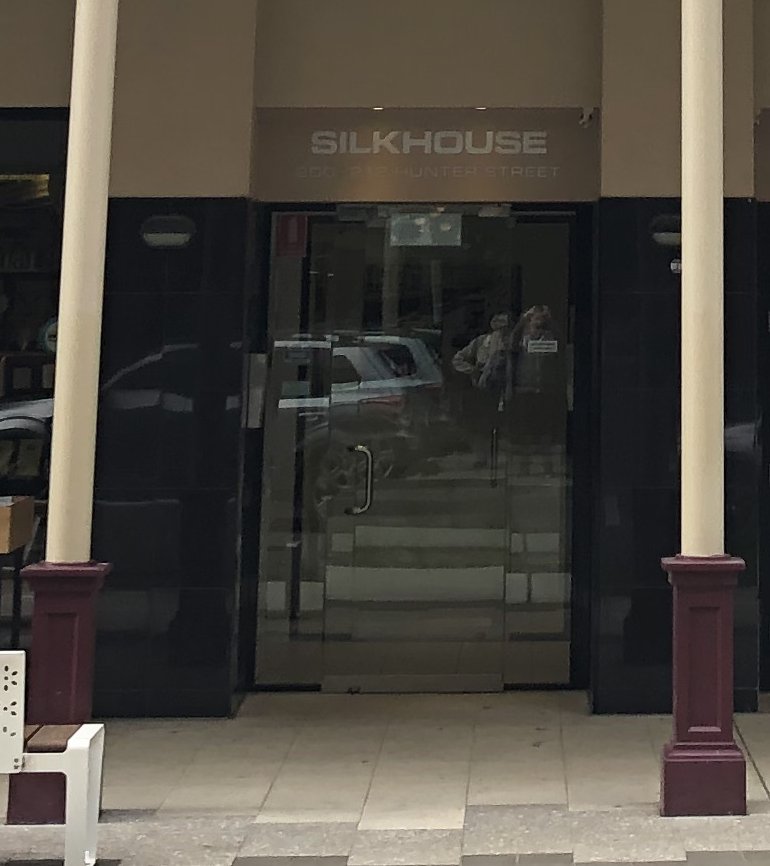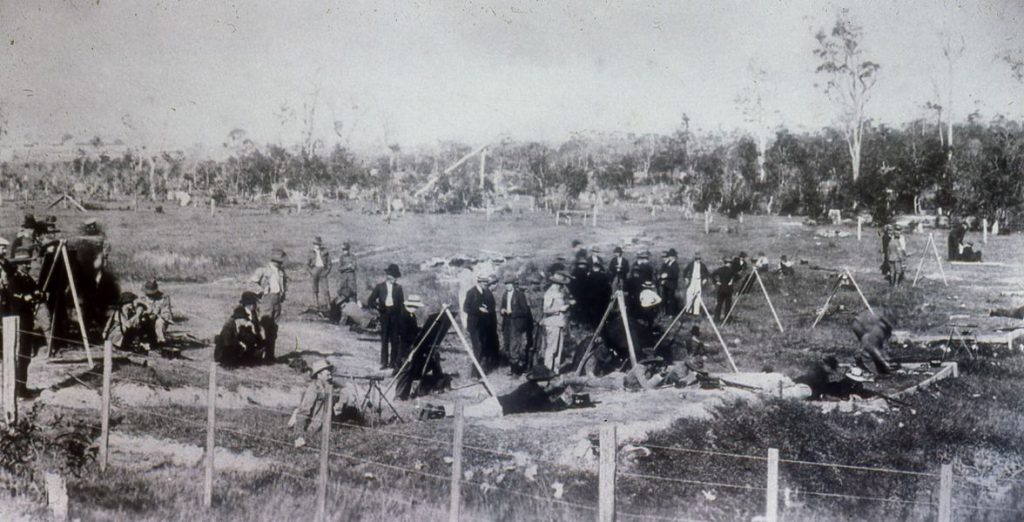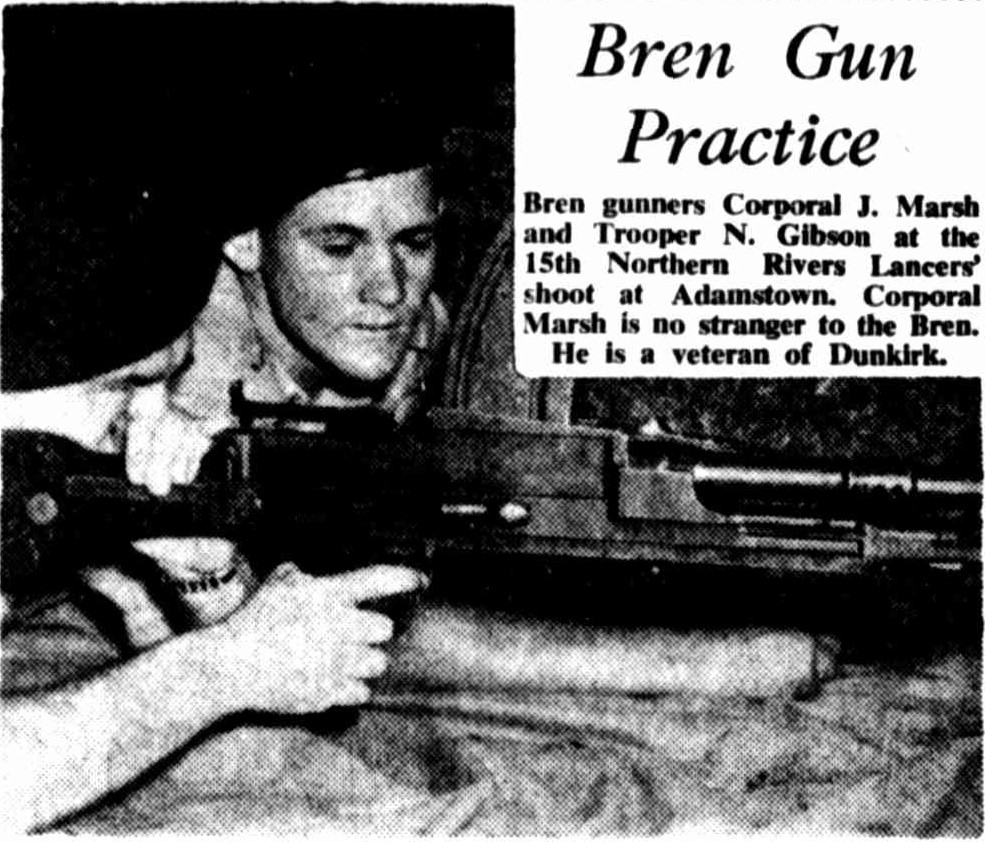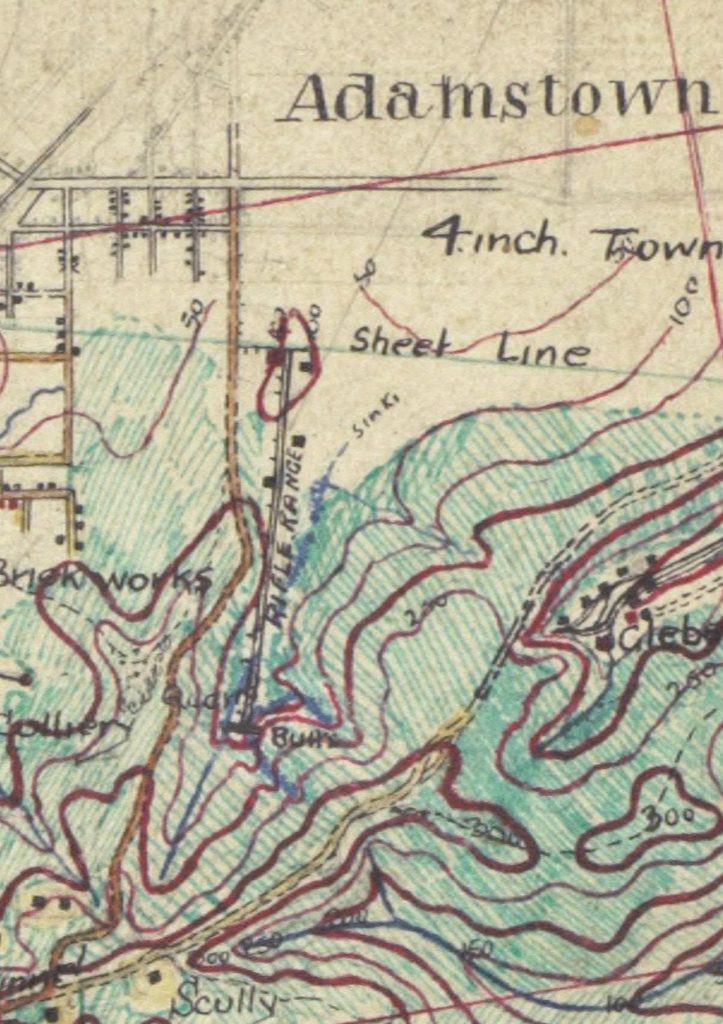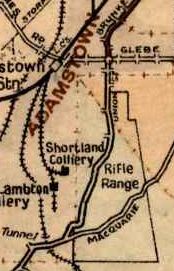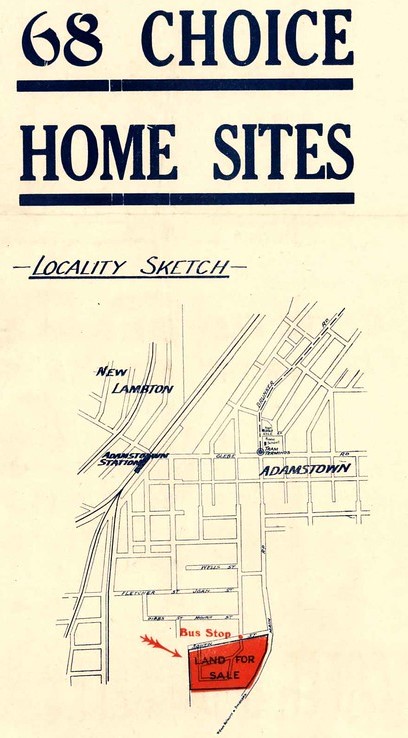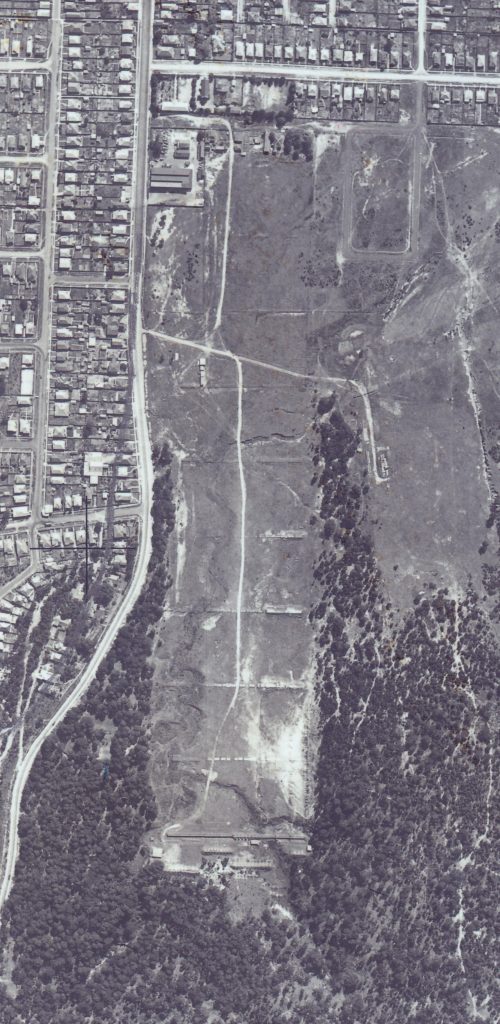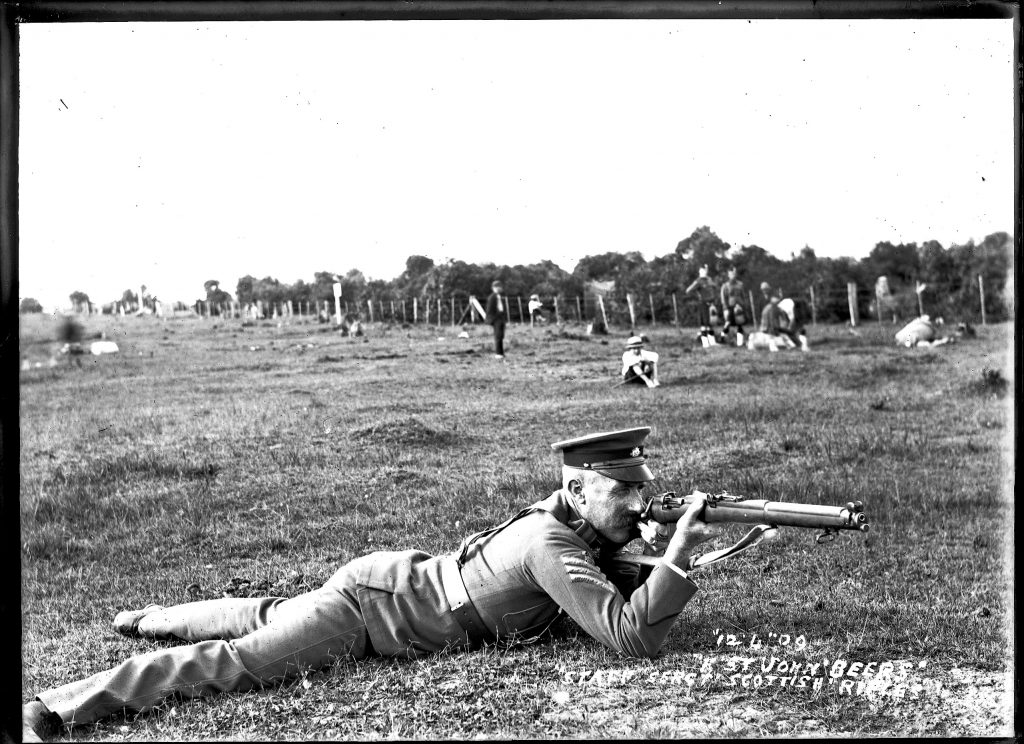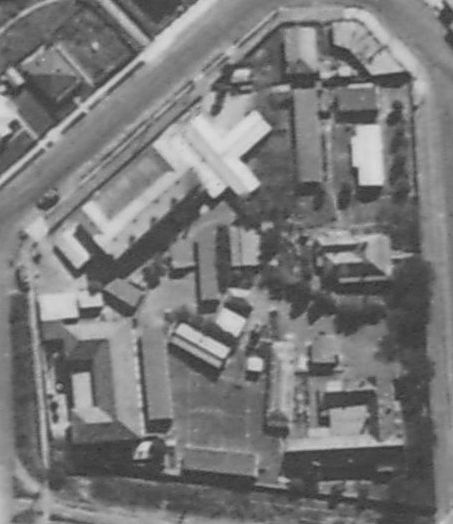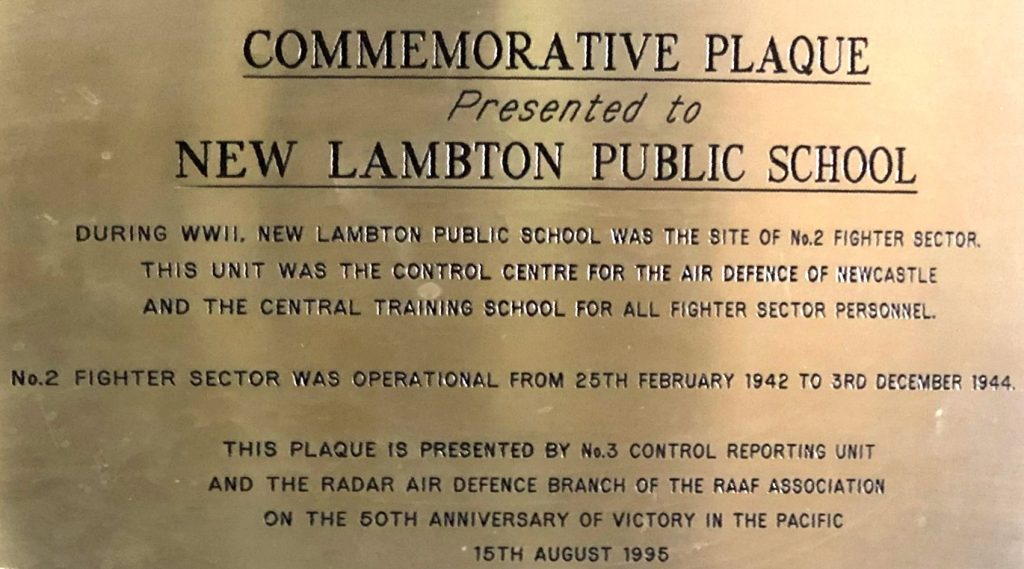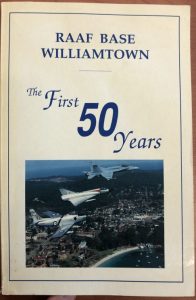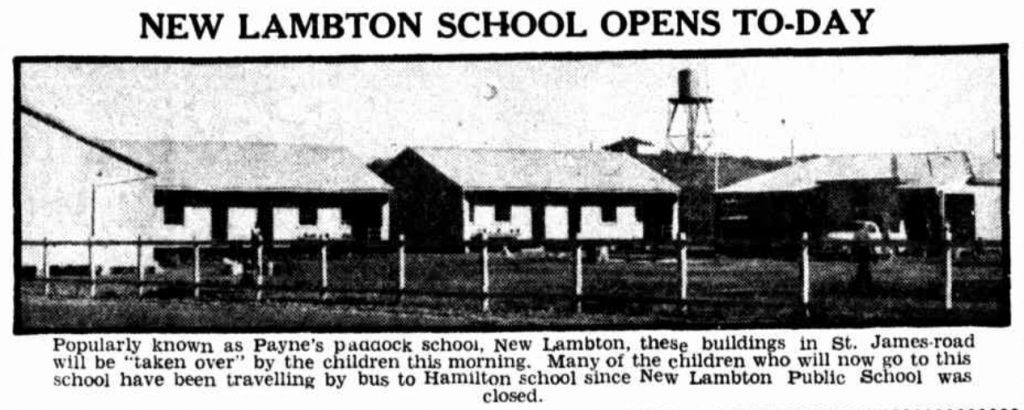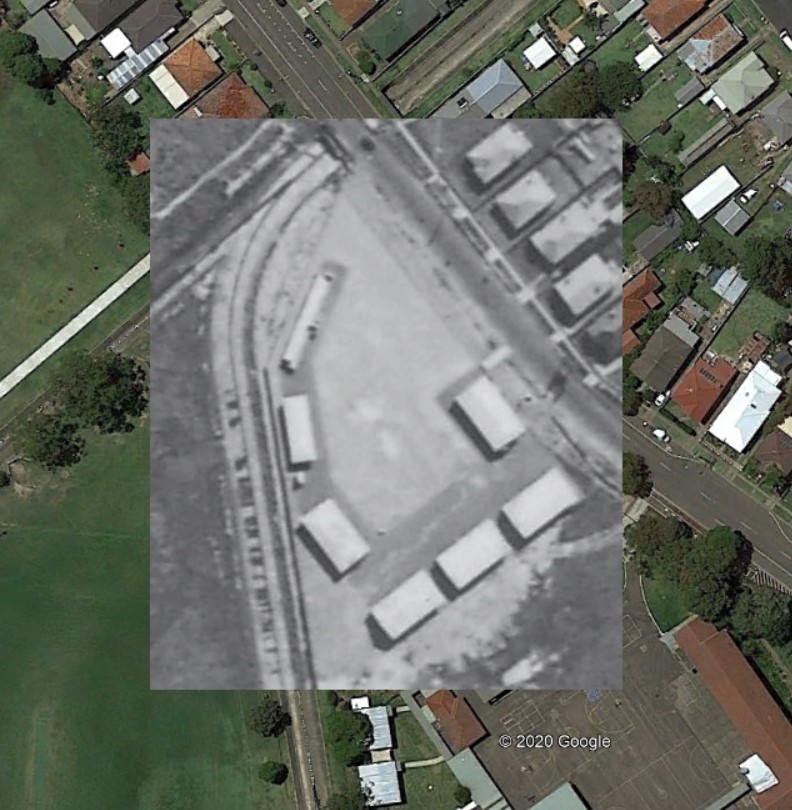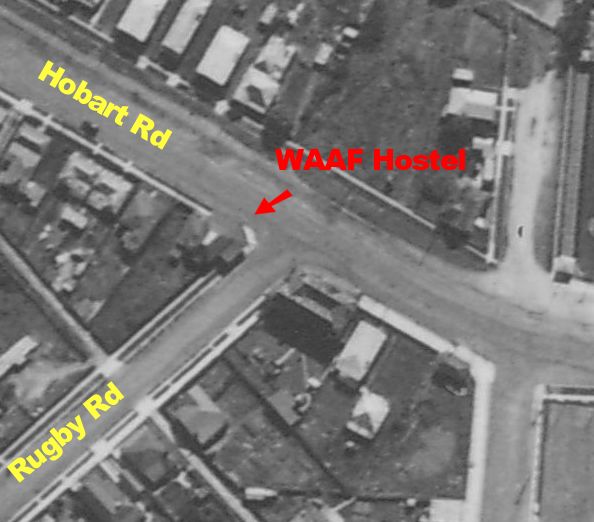| Date |
Headline |
| 30/06/1914 |
ASSASSINATED. THE AUSTRIAN HEIR. A DASTARDLY CRIME. |
| 30/06/1914 |
THE VICTIMS’ MOVEMENTS. |
| 30/06/1914 |
THE FIRST ATTEMPT. SHORT LIVED JOY. |
| 30/06/1914 |
STATEMENT BY ASSASSIN. AN OLD INTENTION. |
| 30/06/1914 |
ARCHDUKE FOREWARNED. |
| 30/06/1914 |
WIDESPREAD GRIEF |
| 30/06/1914 |
WHEN THE BOMB WAS THROWN. |
| 30/06/1914 |
THE FATAL SHOTS. |
| 30/06/1914 |
IN THE THROES OF DEATH. |
| 30/06/1914 |
THE AGED EMPEROR. |
| 30/06/1914 |
BOSNIAN DIET’S GRIEF. |
| 30/06/1914 |
THE NEWS IN ROME. |
| 30/06/1914 |
KAISER GRAVELY SILENT. |
| 30/06/1914 |
NEW HEIR APPARENT. |
| 1/07/1914 |
THE ASSASSINATIONS, “THE PEACE OF EUROPE.” MARTIAL LAW AT SERAJEVO. |
| 1/07/1914 |
THE ARCHDUKE’S JOKE. |
| 1/07/1914 |
WHEN THE SHOTS WERE FIRED. |
| 1/07/1914 |
VICTIMS’ LAST MOMENTS. |
| 1/07/1914 |
MORE BOMB THROWING. |
| 1/07/1914 |
THE ASSASSIN. |
| 1/07/1914 |
VICTORIA’S REGRETS. |
| 1/07/1914 |
EYE-WITNESSES’ ACCOUNT. PATHETIC MOMENTS. |
| 2/07/1914 |
THE ASSASSINATIONS. WIDESPREAD MOURNING. GREAT BRITAIN’S TRIBUTE. |
| 2/07/1914 |
SCENES AT SERAJEVO. PREPARING FOR THE OBSEQUIES. |
| 2/07/1914 |
STAND BY THE THRONE. |
| 2/07/1914 |
THE VICTIMS’ CHILDREN. BREAKING THE NEWS. |
| 2/07/1914 |
THE ASSASSINS. ACTED IN CONCERT. |
| 2/07/1914 |
AUSTRALIAN SYMPATHY. |
| 3/07/1914 |
THE ASSASSINATIONS. WIDESPREAD PLOT. |
| 3/07/1914 |
WHERE THE PLOT WAS HATCHED. |
| 4/07/1914 |
THE HAPSBURGS. |
| 4/07/1914 |
THE ASSASSINATIONS. BODIES SENT TO VIENNA. IMPOSING CEREMONIES. |
| 4/07/1914 |
THE FUNERAL. THE EMPEROR’S WISHES. |
| 4/07/1914 |
STATEMENTS BY ASSASSINS. ACCOMPLICES IMPLICATED. |
| 6/07/1914 |
THE SERVIAN MURDERS. RIOTS IN VIENNA. FUNERAL OF THE VICTIMS. |
| 7/07/1914 |
THE SERVIAN MURDERS. CONSPIRATORS ARRESTED. THE FUNERAL. |
| 8/07/1914 |
n/a |
| 9/07/1914 |
THE BALKANS. |
| 10/07/1914 |
RUSSIA AND BRITAIN. REVISION OF RELATIONS. |
| 11/07/1914 |
M. POINCARE. INTENDED ASSASSINATION. |
| 13/07/1914 |
GERMANY’S NAVY. A GREAT ACCESSION. |
| 14/07/1914 |
n/a |
| 15/07/1914 |
A TRAGIC DEATH IN EUROPE. |
| 16/07/1914 |
n/a |
| 17/07/1914 |
n/a |
| 18/07/1914 |
n/a |
| 20/07/1914 |
n/a |
| 21/07/1914 |
BULGARIA AND ROUMANIA. FRONTIER CONFLICTS. |
| 22/07/1914 |
NAVAL AGREEEMENT |
| 23/07/1914 |
n/a |
| 24/07/1914 |
n/a |
| 25/07/1914 |
n/a |
| 27/07/1914 |
WAR BREAKS OUT. AUSTRIA AND SERVIA. THREAT FROM RUSSIA. COUNTERBLAST BY GERMANY. |
| 27/07/1914 |
AN ULTIMATUM. |
| 27/07/1914 |
GERMANY’S ATTITUDE. WILL SUPPORT AUSTRIA IF OTHER POWERS INTERVENE. |
| 27/07/1914 |
EXCITEMENT IN SERVIA. THE REPLY INDEFINITE. |
| 27/07/1914 |
BRITAIN SEEKS PEACE. THE SITUATION GRAVE. |
| 27/07/1914 |
SERVIA DECLINES. ULTIMATUM REJECTED. EXCITEMENT IN EUROPE. |
| 27/07/1914 |
SERVIA PREPARES. KING LEAVES BELGRADE. CROWN PRINCE IN COMMAND. |
| 27/07/1914 |
AUSTRIA ENTHUSIASTIC. DOWN WITH SERVIA. |
| 27/07/1914 |
BERLIN EXCITED. GERMAN FLEET SAILS. |
| 27/07/1914 |
RUSSIA READY. ARMY CORPS MOBILISING. |
| 27/07/1914 |
EFFECT ON MARKETS. GLOOMIEST TONE. |
| 27/07/1914 |
AMERICAN WHEAT. WILD TRADING. |
| 27/07/1914 |
GIGANTIC STRUGGLE. SLAV v. TEUTON. |
| 28/07/1914 |
EUROPE’S DANGER. |
| 28/07/1914 |
HOPES OF PEACE. RUSSIA AND AUSTRIA. ENGAGED IN CONFERENCE. |
| 28/07/1914 |
DECLARATION OF WAR. REPORT NOT CONFIRMED. SITUATION ALARMING. |
| 28/07/1914 |
AUSTRIA’S INTENTION. A SHARP CAMPAIGN. TO FORESTALL RUSSIA. |
| 28/07/1914 |
AUSTRIA PREPARING. MARTIAL LAW DECREED. PARLIAMENTS CLOSED. |
| 28/07/1914 |
SERVIA MOBILISING. QUITTING THE CAPITAL. SACKING OF SHOPS. |
| 28/07/1914 |
ARREST OF A GENERAL. LIBERATED BY THE EMPEROR. |
| 28/07/1914 |
GERMANY EXCITED. GREAT DEMONSTRATION. |
| 28/07/1914 |
RUSSIA’S ATTITUDE. PREPARING FOR WAR. SERVIA NOT TO STAND ALONE. |
| 28/07/1914 |
SLAVS IN PARIS. DOWN WITH AUSTRIA. |
| 28/07/1914 |
MONTENEGRIN SYMPATHY. AUSTRIAN TROOPS MOVING. |
| 28/07/1914 |
BELGIUM WATCHING. |
| EUROPE HOPEFUL. BRITAIN’S INFLUENCE. MAKING FOR PEACE. FOREIGN POWERS APPROVE |
| 29/07/1914 |
THE BRITISH PROPOSALS. POWERS TO CO-OPERATE. TO CONFINE THE DISPUTE. |
| 29/07/1914 |
HOSTILITIES BEGUN. REPORT CONFIRMED. SERVIANS OPEN FIRE. |
| 29/07/1914 |
GERMAN EXCITEMENT. CHEERS FOR ENGLAND. |
| 30/07/1914 |
WAR BEGINS. TROOPS ON FRONTIERS. MEDIATION DECLINED. AUSTRIA DETERMINED. |
| 30/07/1914 |
EFFECT IN EUROPE. FEARS INCREASED. A GENERAL CATASTROPHE. |
| 30/07/1914 |
RUSSIA PREPARED. BLACKNESS ON THE COAST. SEVASTOPOL CLOSED. |
| 30/07/1914 |
HUNGARY EXCITED. WILD ENTHUSIASM. |
| 30/07/1914 |
BELGRADE IN PERIL. AUSTRIAN TROOPS AT HAND. |
| 30/07/1914 |
GERMAN SILENCE. THE WORST OMEN. RUSSIA READY FOR WAR. |
| 30/07/1914 |
FRANCE CALM. READY FOR EMERGENCY. |
| 30/07/1914 |
BRITISH NAVAL ACTIVITY. GUARDING THE ARSENALS. |
| 30/07/1914 |
AUSTRIA’S OBJECT. NOT OCCUPATION. |
| 30/07/1914 |
AUSTRIA’S ATTACK. THREE ARMY LINES. WILL ENTER SERVIA. |
| 30/07/1914 |
FIGHTING ON THE DRINA. SERVIANS PRESSING ONWARD. |
| 30/07/1914 |
GERMAN PRECAUTIONS. MOVEMENT OF TROOPS. |
| 30/07/1914 |
STRENGTH OF FRANCE. A GREAT FORCE. |
| 30/07/1914 |
MIGRATION FROM CANADA. PATRIOTIC AUSTRIANS. |
| 30/07/1914 |
TRADE EXCITEMENT. IN AMERICA AND CANADA. |
| 30/07/1914 |
EFFECT IN AUSTRALIA. |
| 31/07/1914 |
THE DIE IS CAST. IN RUSSIAN EYES ONLY A MIRACLE CAN AVERT EUROPEAN WAR. GERMANY IS HOPEFUL. |
| 31/07/1914 |
AUSTRIA’S EMPEROR DESIROUS OF PEACE. COMPELLED TO FIGHT. |
| 31/07/1914 |
GERMAN QUIETUDE. SUSPICION OF RUSSIA. MOBILISATION URGED. |
| 31/07/1914 |
BRITAIN’S VIEW. SITUATION GRAVE. |
| 31/07/1914 |
RUSSIA RESOLUTE. WILL DEFEND SERVIA. |
| 31/07/1914 |
BRITISH FLEET SAILS. SCENE AT PORTLAND. |
| 31/07/1914 |
FRANCE’S PRESIDENT. RECEPTION IN PARIS. |
| 31/07/1914 |
THE WAR STARTING. AUSTRIA’S OPERATIONS. BOMBARDMENT OF BELGRADE. |
| 31/07/1914 |
BELGRADE OCCUPIED. STEAMERS CAPTURED. AUSTRIAN ENTHUSIASM. |
| 31/07/1914 |
RUSSIA’S MOBILISATION. A GREAT FORCE. |
| 31/07/1914 |
THE PINCH OF WAR. FOOD PRICES IN VIENNA. |
| 31/07/1914 |
EFFECT ON COMMERCE. STOCK EXCHANGES IDLE. FAILURES OCCURRING. |
| 31/07/1914 |
POSITION IN AMERICA. |
| 31/07/1914 |
PATRIOTS RETURNING. HASTENING HOMEWARDS. |
| 31/07/1914 |
PEACE CONGRESS SETTLED. |
| 31/07/1914 |
AUSTRALIAN ATTACHE. |
| 31/07/1914 |
FALL IN STOCKS. |
| 31/07/1914 |
WAR RISKS ON VESSELS. |
| 1/08/1914 |
PEN-NOTES AND PENCILLINGS |
| 1/08/1914 |
THE ARMIES. |
| 1/08/1914 |
THE ALLIANCES. |
| 1/08/1914 |
THE COST THAT WAS. |
| 1/08/1914 |
THE COST TO BE. |
| 1/08/1914 |
PEACE OF EUROPE MAY BE MAINTAINED. POWERS STILL CONFERRING. BRITAIN’S GREAT INFLUENCE. NO ACTUAL CHALLENGE. |
| 1/08/1914 |
REPORTS DENIED. NO GERMAN DEMAND. |
| 1/08/1914 |
TENSION IN BRITAIN. PARTY ISSUES DROPPED. A UNITED FRONT. |
| 1/08/1914 |
PRECAUTIONS IN ENGLAND. PROTECTING THE COAST. |
| 1/08/1914 |
BRITAIN’S DUTY. NO SPLENDID ISOLATION. STAND BY HER FRIENDS. |
| 1/08/1914 |
CHANCES OF PEACE. DEPEND ON GERMANY. PESSIMISTIC FEELING. |
| 1/08/1914 |
FRANCE HOPEFUL. GOOD NEWS RECEIVED. |
| 1/08/1914 |
POSITION IN GERMANY. RECALLING OF OFFICERS. MOBILISATION NOT ORDERED. |
| 1/08/1914 |
KAISER OPPOSED TO WAR. JINGOES FORCE HIS HAND. |
| 1/08/1914 |
PATRIOTIC AUSTRIA. FIGHTING FOR JUSTICE. LOYALTY OF THE EMPIRE. |
| 1/08/1914 |
RUSSIA MOBILISING. PREPARING FOR WAR. CZAR GOES TO MOSCOW. |
| 1/08/1914 |
CANADA’S LOYALTY. OFFER OF TROOPS. |
| 1/08/1914 |
WAR OPERATIONS. STORMING OF BELGRADE. FIRES IN THE CITY. |
| 1/08/1914 |
AUSTRIAN INVASION. THE THREE COLUMNS. |
| 1/08/1914 |
STOCK EXCHANGES LIFELESS. WHEAT PIT WHIRLWIND. |
| 1/08/1914 |
PRECAUTIONS AT THE CAPE. MANOEUVRES STOPPED. |
| 1/08/1914 |
MARINE WAR RISKS. |
| 1/08/1914 |
ARMING MERCHANT SHIPS. |
| 1/08/1914 |
MELBOURNE WHEAT MARKET. |
| 1/08/1914 |
GERMANY’S ULTIMATUM. |
| 1/08/1914 |
UNITED PRAYERS. APPEAL BY THE CHURCHES. |
| 1/08/1914 |
DECLINE ON STOCK EXCHANGES. |
| 1/08/1914 |
FALL IN ADELAIDE. |
| 1/08/1914 |
DEFENCES OF SCANDINAVIA |
| 3/08/1914 |
THE STORM BREAKS. |
| 3/08/1914 |
WAR AGAINST RUSSIA DECLARED BY GERMANY. WILL FRANCE JOIN? ENGLAND REMAINS CALM. INTENSE EUROPEAN EXCITEMENT. |
| 3/08/1914 |
WILL FRANCE FIGHT? GERMANY INQUIRES. CONVERSATIONS PROCEEDING. |
| 3/08/1914 |
GERMANY’S REASONS FOR DECLARING WAR. IT WAS FORCED ON HER. |
| 3/08/1914 |
ITALY NEUTRAL. NOT BOUND TO FIGHT EXCEPT FOR DEFENCE. |
| 3/08/1914 |
RUSSIAN PATROL CROSSES THE FRONTIER. SKIRMISH WITH GERMANY. |
| 3/08/1914 |
GERMANY’S DARK DAY. FORCED TO FIGHT. SPEECH BY THE EMPEROR. |
| 3/08/1914 |
SHALL BRITAIN JOIN. OPPOSING VIEWS. FEELING AGAINST WAR. |
| 3/08/1914 |
RUSSIAN FUNDS. A GREAT BALANCE. |
| 3/08/1914 |
FRANCE AND GERMANY. TROOPS ON THE FRONTIER. GERMAN PATROLS CROSS. |
| 3/08/1914 |
AUSTRIA’S ATTITUDE. WILL DEAL WITH SERVIA. |
| 3/08/1914 |
WAR AGAINST GERMANY. SIN AGAINST CIVILISATION. |
| 3/08/1914 |
ATTITUDE OF JAPAN. WILL STAND BY BRITAIN. |
| 3/08/1914 |
AFRICA EXCITED. SHIPPING NO GOLD. |
| 3/08/1914 |
CONTINENTAL FEARS. EXCITED TRAVELLERS. |
| 3/08/1914 |
RUSSIA WAR MAD. GREAT DEMONSTRATIONS. |
| 3/08/1914 |
AMERICA READY TO MAKE PEACE. |
| 3/08/1914 |
APPEAL TO AMERICA TO ASSUME EMBASSIES. |
| 3/08/1914 |
CLOSING BRITISH PORTS. |
| 3/08/1914 |
FINANCIAL CRISIS. RESULTS IN ENGLAND. LONDON FAIRLY CALM. |
| 3/08/1914 |
THE BANK BESIEGED, PAPER CURRENCY DOUBTED. |
| 3/08/1914 |
EFFECT IN EUROPE. SUICIDE OF FINANCIERS. SEVERAL GERMAN FAILURES. |
| 3/08/1914 |
THE KAISER. A FRIEND OF PEACE. |
| 3/08/1914 |
GERMAN ACTIVITY. TEARING UP RAILROADS. |
| 3/08/1914 |
GERMAN VESSELS. APPREHENSIVE OF CAPTURE. |
| 3/08/1914 |
NEW ZEALAND’S OFFER. CANADA’S EULOGY. |
| 3/08/1914 |
CANADA’S OFFER. TROOPS FOR BRITAIN. WILL SEIZE SHIPPING. |
| 3/08/1914 |
AUSTRIA AND SERVIA. OUTPOST FIGHTING. USE OF AEROPLANES. |
| 3/08/1914 |
BATTLE AT LANITZA. |
| 3/08/1914 |
BOMBARDMENT OF BELGRADE. |
| 3/08/1914 |
FRENCH SOCIALISTS. SUPPORT THEIR COUNTRY. |
| 3/08/1914 |
ULSTERMEN READY. TO FIGHT FOR BRITAIN. |
| 3/08/1914 |
BAVARIA EXCITED. RALLY ROUND THE EMPIRE. |
| 3/08/1914 |
THE DOMINIONS. LOYALTY TO THE EMPIRE. |
| 3/08/1914 |
BRITAIN’S CALMNESS. ADMIRED IN AMERICA. |
| 3/08/1914 |
SERVIA CHEERED BY SPANISH STUDENTS. |
| 3/08/1914 |
TROUBLE IN AMERICA. BUSINESS FIRMS FAIL. |
| 3/08/1914 |
WARSHIPS RETURN TO SYDNEY. PREPARING FOR WAR. FEVERISH ACTIVITY. |
| 3/08/1914 |
EXCITEMENT IN SYDNEY. |
| 3/08/1914 |
PRAYERS FOR PEACE. |
| 3/08/1914 |
INSURANCE AGAINST WAR RISKS. |
| 3/08/1914 |
SIR WILLIAM IRVINE’S VIEWS. |
| 3/08/1914 |
GERMAN SHIPPING IN AUSTRALIAN WATERS. |
| 3/08/1914 |
GERMAN AUSTRALIAN LINE. |
| 3/08/1914 |
GERMAN STEAMERS SAIL. THREE LEAVE NEWCASTLE. |
| 3/08/1914 |
FEDERAL EXECUTIVE. TO MEET IN MELBOURNE. |
| 3/08/1914 |
GOVERNMENT RECEIVES NEWS. |
| 3/08/1914 |
JAPANESE FLEET. REPORTED MOVEMENT. |
| 3/08/1914 |
AUSTRALIAN ARMY. REPORTED INSTRUCTIONS. |
| 3/08/1914 |
GERMAN FLEET IN PACIFIC. |
| 3/08/1914 |
SLAVS IN NEW ZEALAND. |
| 3/08/1914 |
PORT REGULATIONS. EXAMINATION SERVICE IN FORCE. |
| 3/08/1914 |
IN NEWCASTLE CHURCHES. |
| 3/08/1914 |
SUBMARINES AND BATTLESHIPS. |
| 3/08/1914 |
THE WAR. GERMAN ACTIVITY. LUXEMBOURG SEIZED. |
| 4/08/1914 |
THE OUTLOOK DREARY. |
| 4/08/1914 |
THE EUROPEAN CRISIS. GERMANS MARCH ON FRANCE. NO WAR DECLARATION. BRITAIN REMAINS SILENT. OFFICIAL ANNOUNCEMENT TO-DA |
| 4/08/1914 |
FEELING IN LONDON. WILL BRITAIN JOIN OR STAND ALOOF. |
| 4/08/1914 |
BRITAIN’S FLEET READY. A MIGHTY ARRAY. |
| 4/08/1914 |
LONDON PATRIOTISM. CHEERS FOR THE KING. |
| 4/08/1914 |
GERMANY AND RUSSIA. THE POURPARLERS. BROKEN BY RUSSIA. |
| 4/08/1914 |
BREACH OF NEUTRALITY. GERMANS IN LUXEMBURG. FRANCE AND BELGIUM PROTEST. |
| 4/08/1914 |
FRANCE AND GERMANY. WAR WITHOUT NOTICE. |
| 4/08/1914 |
HASTENING TO SAFE PORTS. |
| 4/08/1914 |
A BRITISH OPINION. FRANCE NOT BOUND. INTERVENTION UNNECESSARY. |
| 4/08/1914 |
VIEWS OF “THE TIMES.” HOSTILE TO GERMANY. |
| 4/08/1914 |
RETURNING ENGLISHMEN. FOODLESS FOR HOURS. |
| 4/08/1914 |
WHEAT IN BRITAIN. ENOUGH FOR FOUR MONTHS. |
| 4/08/1914 |
CANADIAN AID. ACCEPTED BY BRITAIN. |
| 4/08/1914 |
SWEDEN AND NORWAY PROCLAIM NEUTRALITY. DENMARK PROTECTS HERSELF. |
| 4/08/1914 |
AUSTRIA’S DESIRE. APPROVES OF CONFERENCE. |
| 4/08/1914 |
EMPEROR OF AUSTRIA. IS MOVED TO TEARS. |
| 4/08/1914 |
FOREIGNERS IN FRANCE. AUSTRIANS TO LEAVE. |
| 4/08/1914 |
THE FIGHTING. GERMANS INVADE FRANCE. RUMOURED REPULSE. |
| 4/08/1914 |
RUSSIAN MOVEMENTS. CROSSING THE FRONTIER. |
| 4/08/1914 |
QUIET IN LONDON. A GERMAN DEMONSTRATION. |
| 4/08/1914 |
LONDON BANKS. A QUASI-MORATORIUM. |
| 4/08/1914 |
MATTERS IN CHINA. BRITISH ORDERED TO LEAVE. |
| 4/08/1914 |
THE NETHERLANDS. GUARDING FOOD SUPPLY. |
| 4/08/1914 |
WORKERS OF THE WORLD URGED TO REFUSE TO FIGHT. |
| 4/08/1914 |
BULGARIAN RESERVISTS ORDERED TO BE READY. |
| 4/08/1914 |
AUSTRALIAN VESSELS STOPPED. |
| 4/08/1914 |
GERMAN VESSELS IN REFUGE. |
| 4/08/1914 |
AUSTRALIA READY. OFFER TO BRITAIN. HER FLEET AND MEN. |
| 4/08/1914 |
SYDNEY PREPARING. MANNING THE FORTS. CITIZEN SOLDIERS CALLED OUT. |
| 4/08/1914 |
MEETING OF THE CABINET. HELPING THE COMMONWEALTH. |
| 4/08/1914 |
CLEARANCES FOR NEWCASTLE BOATS. |
| 4/08/1914 |
SYDNEY STOCK EXCHANGE. PROBABLE CLOSING. |
| 4/08/1914 |
GERMAN BOAT DEPARTS. |
| 4/08/1914 |
TO JOIN THE COLOURS. |
| 4/08/1914 |
EFFECT IN SOUTH AUSTRALIA. STOCK EXCHANGE CLOSES. BARRIER MINES MAY CLOSE. |
| 4/08/1914 |
VESSELS ON THE QUI VIVE. |
| 4/08/1914 |
NEWCASTLE COAL FOR THE NAVY |
| 4/08/1914 |
ACTION IN BRISBANE. |
| 4/08/1914 |
NEW ZEALAND’S OFFER. |
| 4/08/1914 |
PRECAUTIONS AT NEWCASTLE. CONTROL OF THE PORT. |
| 4/08/1914 |
WESTFALEN LEAVES HURRIEDLY. |
| 4/08/1914 |
EFFECT ON COAL TRADE. |
| 4/08/1914 |
NEWCASTLE DEMONSTRATIONS. |
| 4/08/1914 |
A COINCIDENCE. |
| 4/08/1914 |
PRAYER FOR GUIDANCE. |
| 5/08/1914 |
THE WAR CLOUDS. |
| 5/08/1914 |
AUSTRALIA’S DUTY. |
| 5/08/1914 |
GERMANS IN AUSTRALIA. WILL FIGHT FOR BRITAIN. |
| 5/08/1914 |
PEN-NOTES AND PENCILLINGS. |
| 5/08/1914 |
FRONTIERS. |
| 5/08/1914 |
FOOD! |
| 5/08/1914 |
THE SOURCE. |
| 5/08/1914 |
1912-13. |
| 5/08/1914 |
BRITAIN’S PLAIN SPEECH. HER DUTY TO FRANCE. THE BELGIAN TREATY MUST BE PRESERVED. GERMANY’S REPLY AWAITED. |
| 5/08/1914 |
BRITAIN’S DECISION. WARNING TO GERMANY. WILL PROTECT FRENCH COAST. BELGIAN TREATY UPHELD. |
| 5/08/1914 |
BRITISH FLEET CLEARED FOR ACTION IN THE MEDITERRANEAN. |
| 5/08/1914 |
BELGIAN DIFFICULTY. GERMAN ULTIMATUM. WISH TO ENTER LIEGE. BELGIUM’S REFUSAL. |
| 5/08/1914 |
PARIS ALERT. WATCHFUL FOR AEROPLANES. STREETS FILLED WITH TROOPS. |
| 5/08/1914 |
VICTUALLING PARIS. SPECIAL PRECAUTIONS. |
| 5/08/1914 |
FRENCH PARTY SHOT. ATTEMPTED RAILWAY WRECK. |
| 5/08/1914 |
AMERICA’S PRESIDENT. TALKS OF MEDIATION. DEPRECATES SCARE TELEGRAMS. |
| 5/08/1914 |
THE EMPRESS OF RUSSIA. REFUSED PASSAGE. |
| 5/08/1914 |
AUSTRIA AND SERVIA. BATTLE ON THE DRINA. |
| 5/08/1914 |
BRITISH FOOD SUPPLY. INSURANCE OF CARGOES. |
| 5/08/1914 |
CANADIAN WAR ALARMS. CABINET IN SESSION. ANTICIPATED ATTACK. |
| 5/08/1914 |
CANADIAN GOLD SUPPLY TO BE CONSERVED. |
| 5/08/1914 |
PRECAUTIONS IN CANADA. CLOSING THE ST. LAWRENCE. |
| 5/08/1914 |
NAVAL STEAMSHIPS FOR THE CARRYING TRADE. AMERICA’S PROPOSAL. |
| 5/08/1914 |
QUIET IN BRITAIN. CALM PREPARATIONS. |
| 5/08/1914 |
BRITAIN’S ACTION. A GERMAN OPINION. |
| 5/08/1914 |
GERMAN GOLD. AN ATLANTIC LINER. |
| 5/08/1914 |
TRADE RESTRICTIONS. AMERICA HARD HIT. |
| 5/08/1914 |
A GERMAN LINER. MAY ATTACK GRAIN CARRIERS. |
| 5/08/1914 |
DOMINIONS’ OFFERS. MANY VOLUNTEERS. |
| 5/08/1914 |
CANADIAN ENLISTMENT. |
| 5/08/1914 |
SWEDEN MOBILISING. |
| 5/08/1914 |
ATTITUDE OF GREECE. |
| 5/08/1914 |
RESTRICTIONS ON VESSELS. CAPETOWN. |
| 5/08/1914 |
EXCITEMENT IN SYDNEY. RUN ON SAVINGS BANK. NO CAUSE FOR ALARM. |
| 5/08/1914 |
POSITION AT NEWCASTLE. |
| 5/08/1914 |
SAVINGS BANK SAFE. STATEMENT BY MR. HUGHES. |
| 5/08/1914 |
CABLES AND CENSORSHIP. LINES INTERRUPTED. |
| 5/08/1914 |
IN THE ASSEMBLY. DEMONSTRATION OF LOYALTY. THE HOUSE ADJOURNS. |
| 5/08/1914 |
NEW SOUTH WALES DEFENCES. OFFICIAL INTIMATION. |
| 5/08/1914 |
FLAGSHIP AUSTRALIA. GETTING READY FOR ACTION. |
| 5/08/1914 |
THE FLAGSHIP SAILS. MELBOURNE FOLLOWS HER. |
| 5/08/1914 |
STATEMENT BY THE PREMIER. ENGLAND’S GOOD FAITH. |
| 5/08/1914 |
THE CENSOR AT WORK. |
| 5/08/1914 |
NORTHERN MOBILISATION. OFFICER RECALLED. |
| 5/08/1914 |
THE STOCK EXCHANGE. NO BUSINESS TRANSACTED. |
| 5/08/1914 |
DETAINED IN NEWCASTLE. |
| 5/08/1914 |
TIBERIUS AT SYDNEY. |
| 5/08/1914 |
EXPORT OF WHEAT AND FLOUR. PROHIBITION ADVOCATED. |
| 5/08/1914 |
FOOTBALLERS CHEER THE KING. |
| 5/08/1914 |
AUSTRALIAN MOBILISATION. |
| 5/08/1914 |
FEELING IN MELBOURNE. PARLIAMENT ADJOURNS. REPORTED NAVAL BATTLE. |
| 5/08/1914 |
GERMAN CRUISERS. OFF THURSDAY ISLAND. |
| 5/08/1914 |
IN SOUTH AUSTRALIA. VOLUNTEERS EAGER. |
| 5/08/1914 |
MATTERS IN QUEENSLAND. |
| 5/08/1914 |
PANIC DEPRECATED. |
| 5/08/1914 |
VICTORIAN STATE MINE. COAL FOR WARSHIPS. |
| 5/08/1914 |
SIR OLIVER LODGE’S REGRET. |
| 6/08/1914 |
WAR DECLARED. |
| 6/08/1914 |
THE DAY OF TRIAL. |
| 6/08/1914 |
PARLIAMENT ADJOURNS. IN THE COUNCIL. CHEERS FOR KING AND EMPIRE. |
| 6/08/1914 |
IN THE ASSEMBLY. APPEAL TO THE PEOPLE. |
| 6/08/1914 |
MINING MATTERS. THE AFTERNOON SHIFT. GOVERNMENTAL INTERVENTION. |
| 6/08/1914 |
BRITAIN DECLARES WAR. GERMANY REMAINS DEFIANT. TROOPS ENTER BELGIUM. RUSSIA FRANTIC WITH DELIGHT. ENTHUSIASM IN FRANCE. |
| 6/08/1914 |
BRITISH STATEMENT. GERMANY’S THREAT. MADE WAR NECESSARY. |
| 6/08/1914 |
THE DECLARATION. AUSTRALIA NOTIFIED. |
| 6/08/1914 |
BELGIUM TO ARMS. RESIST THE INVADER. ANOTHER FOE TO GERMANY. |
| 6/08/1914 |
THE CZAR’S MANIFESTO. FIGHT FOR THE FAITH. GERMANY’S INSOLENT ATTACK. |
| 6/08/1914 |
ITALY REMAINS NEUTRAL. DESPITE GERMAN APPEAL. |
| 6/08/1914 |
ULSTER VOLUNTEERS. YACHTS FOR HOSPITALS. |
| 6/08/1914 |
POLICY OF BRITAIN. ITS FORCES READY. PREPARED TO SUFFER TO MAINTAIN RESPECT. |
| 6/08/1914 |
BRITAIN’S FOOD SUPPLY. A WAR RISK SCHEME. |
| 6/08/1914 |
FRANCE PREPARED. WILL DO ITS DUTY. ITALIAN SYMPATHY. |
| 6/08/1914 |
IRELAND LOYAL. UNITED IN DEFENCE. |
| 6/08/1914 |
UNITED STATES. NEUTRALITY DECLARED. |
| 6/08/1914 |
THE FIGHTING. DETAILS MEAGRE. OWING TO CENSORSHIP. GERMANS IN THE ATLANTIC. |
| 6/08/1914 |
GERMANY ADVANCE. |
| 6/08/1914 |
BOMBARDMENT OF LIBAU. |
| 6/08/1914 |
BONA ATTACKED. |
| 6/08/1914 |
AUSTRIANS REPULSED. |
| 6/08/1914 |
AUSTRIA LOOKS TO GALICIA. |
| 6/08/1914 |
GERMANY AND RUSSIA. FRONTIER SKIRMISHES. |
| 6/08/1914 |
MONTENEGRO ACTIVE. ATTACK ON CATTARO. |
| 6/08/1914 |
GERMANY PRAYS. A SOLEMN CEREMONY. |
| 6/08/1914 |
URUGUAY AND BRAZIL. THE BANKS CLOSE. |
| 6/08/1914 |
NETHERLANDS PREPARING. WILL FLOOD THE COUNTRY. |
| 6/08/1914 |
GERMAN GOLD. VESSEL OFF IRELAND. |
| 6/08/1914 |
NORTH SEA DANGEROUS. |
| 6/08/1914 |
BRITISH SHIPS DETAINED. |
| 6/08/1914 |
REFUGEES FROM HOLLAND. |
| 6/08/1914 |
INSURANCE AGAINST WAR. |
| 6/08/1914 |
THE POPE’S GUARDS. |
| 6/08/1914 |
UNEASINESS IN JAPAN. |
| 6/08/1914 |
AUSTRALIA’S OFFER. THE KING’S THANKS. HIS MAJESTY’S REPLY. |
| 6/08/1914 |
ADMIRALTY’S ACKNOWLEDGEMENT. |
| 6/08/1914 |
TROOPS CALLED OUT. PRECAUTIONARY MEASURE. |
| 6/08/1914 |
AUSTRALIA’S POSITION. MINIMISING DISTRESS. |
| 6/08/1914 |
GERMAN STEAMER STOPPED. |
| 6/08/1914 |
MATTERS IN SYDNEY. RUSH ON SAVINGS BANKS NOT SO PRONOUNCED. |
| 6/08/1914 |
LONDON BANKS. |
| 6/08/1914 |
EXCITEMENT IN SYDNEY. ORDERLY CROWDS. |
| 6/08/1914 |
OVERSEA SHIPS NOT AFFECTED. |
| 6/08/1914 |
GERMAN VESSELS IN SYDNEY. |
| 6/08/1914 |
THE STEAMER SEYDLITZ. REPORTED CAPTURE. |
| 6/08/1914 |
FEDERAL ELECTIONS. MR. HUGHES’ VIEWS. |
| 6/08/1914 |
RUSH TO NATURALISE. |
| 6/08/1914 |
NEW SOUTH WALES DEFENCES. PARTIAL MOBILISATION. |
| 6/08/1914 |
ARMY MEDICAL CORPS. |
| 6/08/1914 |
THE CABLE SERVICE. |
| 6/08/1914 |
MEETING IN BRISBANE. PATRIOTIC DEMONSTRATION. |
| 6/08/1914 |
QUEENSLAND WILL HELP. |
| 6/08/1914 |
GUARDING CABLE STATION. RIFLEMEN CALLED OUT. |
| 6/08/1914 |
IN WEST AUSTRALIA. |
| 6/08/1914 |
NEW ZEALAND ALERT. COASTAL STEAMERS SURPRISE. |
| 6/08/1914 |
THE EMPIRE’S WELFARE. MR. FISHER’S DECLARATION. |
| 6/08/1914 |
THE NEWS AT NEWCASTLE. HOW IT WAS RECEIVED. |
| 6/08/1914 |
NEWCASTLE SAVINGS BANKS. |
| 6/08/1914 |
NEWCASTLE STEEL WORKS TO CLOSE DOWN. |
| 6/08/1914 |
SAILING VESSEL DETAINED. HAS COAL FOR GERMANS. |
| 6/08/1914 |
NAVAL RESERVES. “M” AND “0” ADULTS CALLED OUT. |
| 6/08/1914 |
DISTURBANCE PREVENTED. |
| 6/08/1914 |
AT THE GERMAN VICE-CONSULATE. |
| 6/08/1914 |
WARNING TO SHIPPING. |
| 6/08/1914 |
AUSTRALIAN BANKS. THEIR SOUND POSITION. |
| 6/08/1914 |
PATRIOTIC SPIRIT. |
| 6/08/1914 |
TRADE WITH GERMANY. EFFECT OF HOSTILITIES. |
| 6/08/1914 |
OUR SYDNEY LETTER. PLENTY OF NEWS AND YET LITTLE. AWAITING ENGLAND’S FULL DECISION. THE EXCITEMENT IN THIS CITY. A SMALL RUN ON THE SAVINGS BANK. THE CALL FOR CALMNESS. TOO MANY “SENSATIONAL” REPORTS. |

